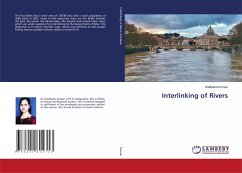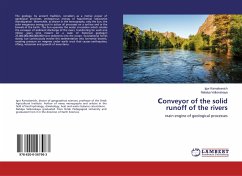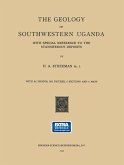Rivers are an important source of freshwater for human being. Water quality of rivers greatly depends on natural factors and human activities in the drainage basin. River Ganga, the largest river system of the Indian sub-continent, receives highest water volume from its tributaries in the Middle Gangetic Plains. The tributaries flowing through various geological and anthropogenic influence regimes affect water quality of the Ganga. The study explains the water characteristics of these rivers within the state of Bihar. The study was aimed at identifying sources of variation in water quality and designing monitoring network for its study. It also generated indices to represent pollution of the rivers and ascertain suitability of water for various human uses.








